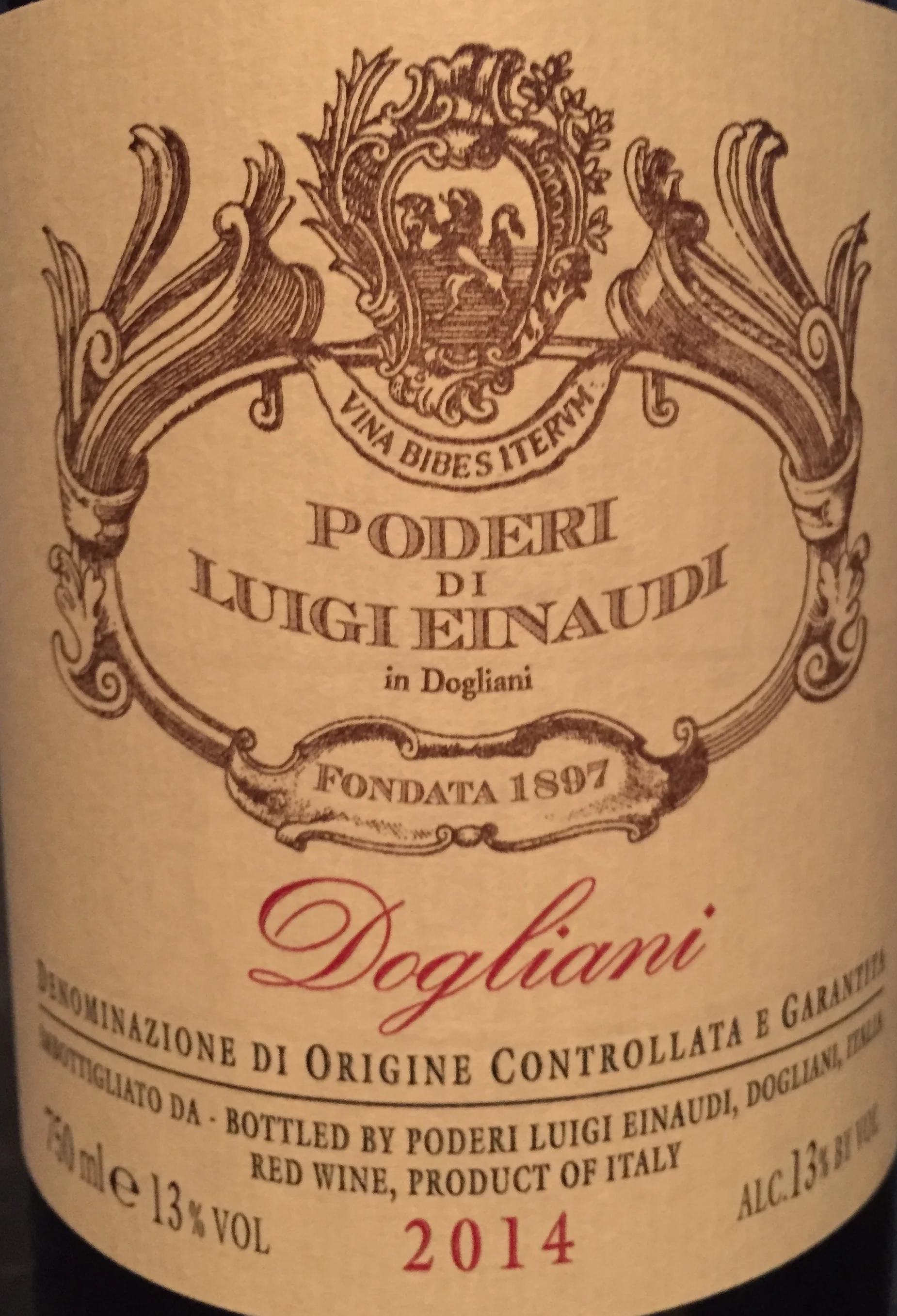Cantinetta Antinori opened in 1957 on the ground floor of the family’s ancestral home in Florence. Palazzo Antinori, as the trattoria is known, is an homage to the medieval tradition whereby aristocratic families sold delicacies from their country estates by offering those dishes through small windows in the wine cellars of their city residences. Over time, what began as a small shop featuring the Antinori’s wines and olive oils evolved into a popular sixty-seat traditional Tuscan restaurant.
Allegra Antinori, a 41-year-old mother of two with luminous green eyes, oversees the Cantinetta in Florence, along with outposts in Vienna, Zürich and Moscow. She also manages hospitality at all the Antinori estates. Her job could be described as demonstrating her family’s commitment to authenticity and finesse through food, drink and generosity.
Allegra believes that wine should be an emotional experience. She wants her guests to use their senses to perceive perfumes, tastes and textures and respond to wine viscerally, the way they might to a piece of music or a work of art. She fosters environments at the restaurants and estates that encourage this kind of experience by entertaining elegantly without being overly formal or excessive. She greets guests with a glass of wine, sits everyone at one long table, serves family style and always has something boiling on the stove.
In early October, Allegra brought Cantinetta Antinori to New York City as a pop-up restaurant at the Mondrian hotel in Soho. The scene was set as if for an opera, complete with faux marble walls, a replica of the Antinori family tree dating back 26 generations, and a long communal table. The 2008 Tignanello, the most important current release in the family’s portfolio, was served with the simplest dish, gnudi, a dumpling made of spinach and ricotta served in a tomato cream sauce. The pairing was revelatory. The pillowy dumpling revealed the Super Tuscan wine to be elegant and expansive. Of course, for many of us, serving Tignanello requires stretching the budget. After dining at Cantinetta Antinori, however, the wine feels more accessible knowing that the rest of the evening’s shopping requires little more than spinach, ricotta, Parmesan and eggs.
Gnudi: Ricotta-Spinach Dumplings
Serves: 4
Preparation time: 60 minutes
Based on the recipe from Cantinetta Antinori, Flavors of Tuscany
1¼ cup, fresh ricotta cheese
1 cup, leaf spinach, cooked, drained, and finely chopped
3 tbsp, grated Parmesan cheese
2 eggs
¼ tsp, nutmeg, grated
½ cup, flour, as needed
½ lb, melted butter
Preheat the oven to 400°F. Drain the ricotta well and place it in a bowl. Add the thoroughly dried spinach, half the Parmesan, the eggs, the nutmeg and a large pinch of flower. Mix well and let and let rest for at least 30 minutes. Bring salted water to a rolling boil in a large pot. Using your hands or two spoons, form the ricotta mixture into small dumplings. Dust the dumplings with flour and gently drop them into the salted water. When the dumplings rise to the surface, remove them with a slotted spoon and transfer to an ovenproof dish. Top the dumplings with the melted butter and remaining Parmesan cheese and cook in the preheated oven for 10 to 15 minutes. Garnish with a dollop of your favorite tomato sauce. Serve hot.










































A ruby-hued wine with plums and sagebrush on the nose, firm sweet tannins, fruit through the mid-palate, transparency, and a long drying finish.